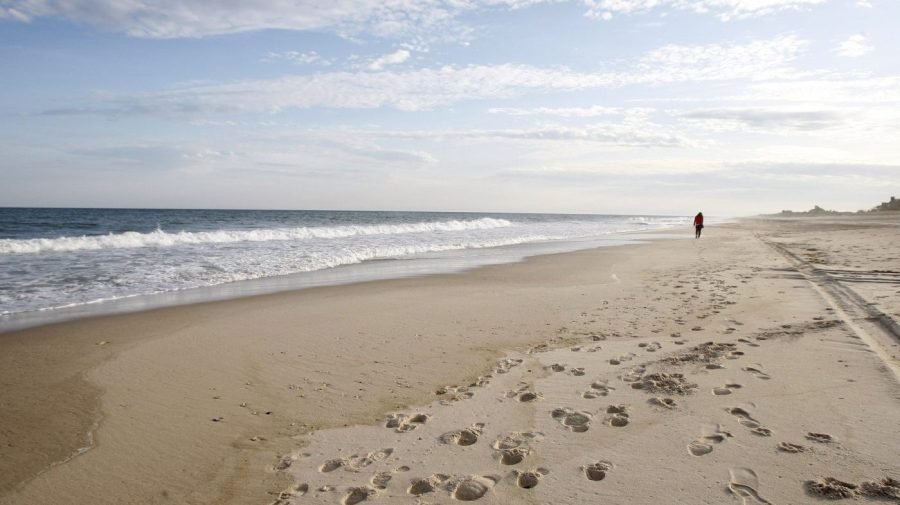
As Americans flock to the country’s coasts — and to the lakes and rivers in between — in the heat of summer, they may be doing so despite the presence of fecal matter.
A stark 1,930 out of 3,187 beaches sampled across the nation in 2024 experienced at least one day on which indicators of fecal contamination exceeded federal safety levels, a new report has revealed.
Those beaches, about 61 percent of those tested, surpassed the Environmental Protection Agency’s (EPA) most protective “Beach Action Value,” a precautionary tool states can utilize to make closure decisions.
BestReviews is reader-supported and may earn an affiliate commission.
Amazon Prime Day Deals

About 1 in 7 beaches — 453 of those sampled — showed potentially unsafe fecal contamination on at least 25 percent of the days on which testing occurred, according to the report, related by Environment America’s Research & Policy Center.
The Gulf Coast had the biggest share of beaches with at least on unsafe day in 2024, reaching 84 percent, followed by the West Coast, with 79 percent, and the Great Lakes, with 71 percent.
The East Coast fared a bit better, with 54 percent, while just 10 percent of Alaska and Hawaii’s beaches had an unsafe day.
Swimming in contaminated water, the report authors warned, can cause gastrointestinal illnesses, respiratory diseases, ear and eye infections and skin rashes. Each year, they noted, there are about 57 million cases of related illnesses nationwide, although the vast majority go unreported.
Last year, there were more than 7,563 health warnings or closures at U.S. coastal and Great Lakes beaches alone — impacting one out of every 15 swimming days, federal data showed.
The data presented in the report, which came from the National Water Quality Monitoring Council’s Water Quality Portal, included samples for spots deemed “historical” under the October 2000 Beaches Environmental Assessment and Coastal Health Act Act.
The authors considered beach sites “potentially unsafe” if test results exceeded an EPA illness rate threshold of 32 per 1,000 swimmers
As American beachgoers continue to face potentially widespread contamination, the researchers noted that Congress is reconsidering funding for the main federal program focused on stopping sewage overflows.
The EPA last year reported that this program, the Clean Water State Revolving Fund, will need at least $630 billion over the next two decades to provide sufficient treatment to the country’s wastewater and stormwater infrastructure. But that same fund could face steep cuts under the White House’s 2026 budget proposal.
“Enjoying the fresh sea breeze and splash of waves at the beach is a highlight of the summer for many Americans, but pollution still plagues too many of the places where we swim,” report co-author John Rumpler, clean water director for Environment America Research & Policy Center, said in a statement.
“Now is not the time to slash the water infrastructure funding that communities sorely need to stop the flow of nasty bacteria and pollution to our beaches,” he added.






